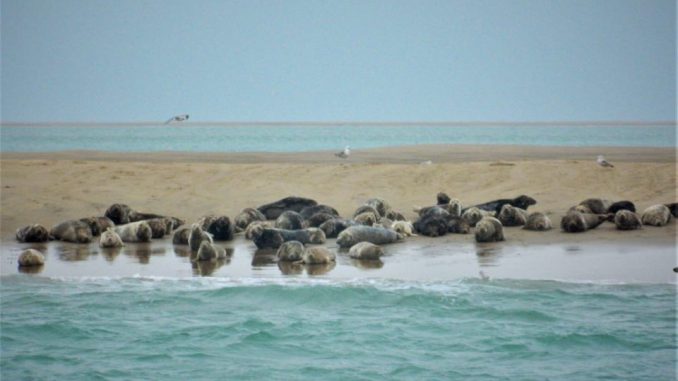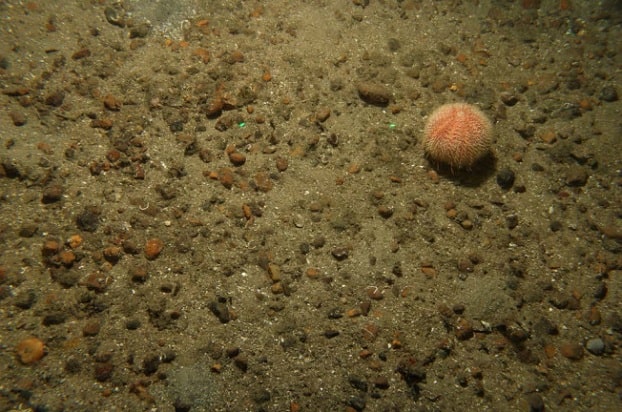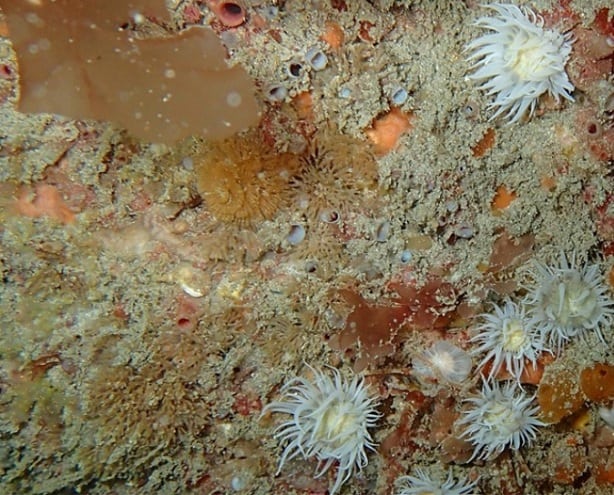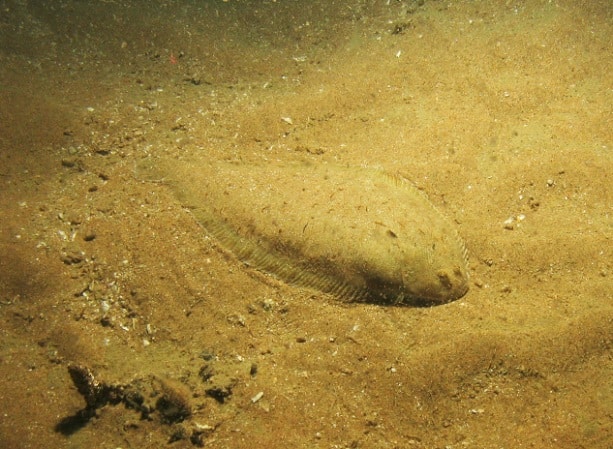
The Goodwin Sands and Foreland are included in seven new Marine Conservation Zones created in the East of England, protecting over 1089 square kilometres
The designation means greater marine protection after Environment Secretary Michael Gove today (May 31) created the new Marine Conservation Zones.
The new protections safeguard 1089 square kilometres, an area more than twice the size of the Isle of Wight.
Among the species and habitats that will benefit are long-snouted seahorse, tentacled lagoon worm and blue mussel beds.
The new designations are part of the greatest expansion yet to UK’s Blue Belt, with a total of 41 new Marine Conservation Zones introduced to protect habitats and species in British seas.

It follows an extensive consultation which saw overwhelming support for the proposals with over 48,000 responses received from the public.
In addition to designating all 41 of the proposed sites, protections will be expanded at 12 existing sites.
Each designation is based on scientific evidence provided by marine experts from Natural England and the Joint Nature Conservation Committee (JNCC), as well as socio-economic information provided by stakeholders and Defra economists. Regulators, such as the Marine Management Organisation (MMO) and local Inshore Fisheries and Conservation Authorities (IFCA), will be responsible for ensuring the MCZs are managed to protect species and habitats.
Tony Juniper, Chair of Natural England, said: “These new protections are based on advice from our world-leading marine scientists and we believe will go a long way toward safeguarding over a million hectares of England’s ocean and coastal environment, and the many species which rely upon it.
“Today really does mark a major step forward for the conservation of our precious marine environment, but there is still much to be done, including putting in place more of the good practices that we know are needed to secure the long-term health of our seas and their wildlife”.
Management plans will now be put in place to protect the designated features. This could help reduce or even stop activities that are causing damage.

Foreland MCZ contains a variety of different habitats ranging from subtidal sand to coarse sediments and rocky habitats, and supports a wide diversity of species. A large proportion of the site is made up of subtidal sediments that provide habitats to animals such as worms, bivalve molluscs (such as clams, cockles and mussels), burrowing anemones, sand eels and fish. The north of the site is known for its distinct richness of species living on or in the seabed.

Goodwin Sands is a large, dynamic and constantly changing area of sand and coarse sediments that is regularly exposed at low tide, providing an important haul out site for harbour seals and grey seals, and good foraging grounds for bird species. Around the Sands themselves, the site includes deeper areas of subtidal coarse sediment that are known to be of particularly high biodiversity.
The site also contains Ross worm reefs and blue mussel beds. Both are dependent on the underlying habitat, with Ross worms particularly occurring on coarser areas of sediment, including pebbles and boulders. Moderate energy circalittoral rock, which is animal-dominated rock found on deeper or shaded vertical rock faces will also be protected. This habitat supports a range of species including bryozoans, pink sea fans, cup corals, anemones, soft corals, sponges, sea squirts and red algaes, as well as commercially important shellfish and fish.
The area of nearly 277 sq km stretches from north of Ramsgate to South Foreland, also encompassing the notorious sandbanks, graveyard of many shipwrecks and military aircraft crash sites and home to a colony of 500 seals. Six Protected Wreck sites lie within the zone.
‘Dredging’ Judicial Review
The announcement comes just days before the Judicial Review of the Marine Management Organisation’s decision to allow dredging of the Goodwin Sands by Dover Harbour Board. It will take place at the High Court on Wednesday, June 5.
Joanna Thomson, co-ordinator of the community campaign group Goodwin Sands SOS, said ‘it’s unacceptable that a conservation zone should be subjected to an activity from which it has to recover. Dredging is the most intrusive of seabed activities and if this proposal is allowed to go ahead, it would make a complete mockery of the whole MCZ project and prove that it’s absolutely meaningless’.
The sand targeted for dredging is one of the habitats designated for special protection within the Marine Conservation Zone. The conservation objective is to maintain the sand in its current favourable condition.
However, the MMO concluded that dredging would not hinder these objectives because Natural England advised them that the fauna would recover within five years.
The Judicial Review is being seen as a national test case about the robustness of the marine licensing process in respect of the Blue Belt initiative.
Blue Belt
The new sites contribute to the UK’s 220, 000 square km ‘Blue Belt’ of marine protection, with Marine Conservation Zones just one type of the many Marine Protected Areas in place to conserve rare, threatened and nationally important habitats and species for future generations.
The government will publish an international ocean strategy this year setting out further action to conserve and sustainably use the ocean.
The seven sites designated in the East of England are:
Beachy Head East
Swanscombe
Foreland
Goodwin Sands
Inner Bank
Kentish Knock East
Orford Inshore

